Looking for a shunt resistor for measuring power usage and was wondering if anyone had any experience with these.
It should be capable of handling 110V/20A in-home circuit.
EDIT: Energy monitors are the rage these days and I was thinking about putting a simple circuit together to try out. This would be used to measure a typical appliance or electronic device such as stereo or television. Similar to a Kill-a-watt or multimeter. I haven't really thought about accuracy as much as getting something to work well. I haven't thought this all the way through just thought maybe some here may have already "been there done that".
